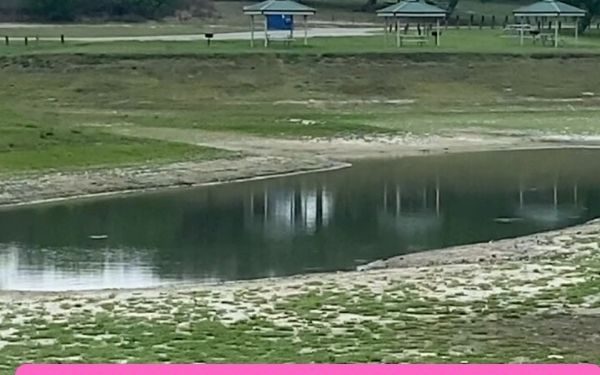While parts of South Texas have recently seen heavy rainfall, the most vital areas for long-term water supply are still being left out — and that’s a big problem for local reservoirs.
Lake Texana Replenished, but Others Struggle
This Article Includes
The area around Victoria got hit with over 10 inches of rain, giving Lake Texana a much-needed boost. Corpus Christi also saw significant showers. But the real concern is what didn’t get hit: the watershed regions that feed Choke Canyon Reservoir and Lake Corpus Christi.
“Since we’re not seeing any in the watershed, it’s a lot of missed opportunities — with heavy rainfall that fell instead in Baffin Bay,” said KRIS 6 meteorologist Stephanie Lauber.
Those key watersheds are located northwest of Corpus Christi, in places like Atascosa County and Calliham. And without rain there, the region’s major water sources continue to struggle under the weight of a long-running drought.
Water Strategy Shift: Relying More on Lake Texana
To ease the pressure on the western lakes, the city is pulling more water from Lake Texana using the Mary Rhodes Pipeline — increasing intake from 55 to 70 million gallons per day.
“That gives us the ability to use less water from Lake Corpus Christi and Choke Canyon, and let them rest,” said Esteban Ramos with Corpus Christi Water. “Let them take some of that beneficial rainfall and hold onto it.”
It’s a temporary solution, but it helps preserve dwindling resources while hoping for future rain in the right places.
Drought Still a Major Concern
Despite some local improvements, officials and forecasters say South Texas is far from out of the woods.
“I want my western supplies to bounce back — and it’s location, location, location… just like buying a house,” Ramos said.
“We need water in the reservoirs, but we’ve been in a drought for so long — it’s going to take time,” Lauber added.
Until the watershed areas finally see rain, Corpus Christi and surrounding communities will have to carefully manage every drop.










